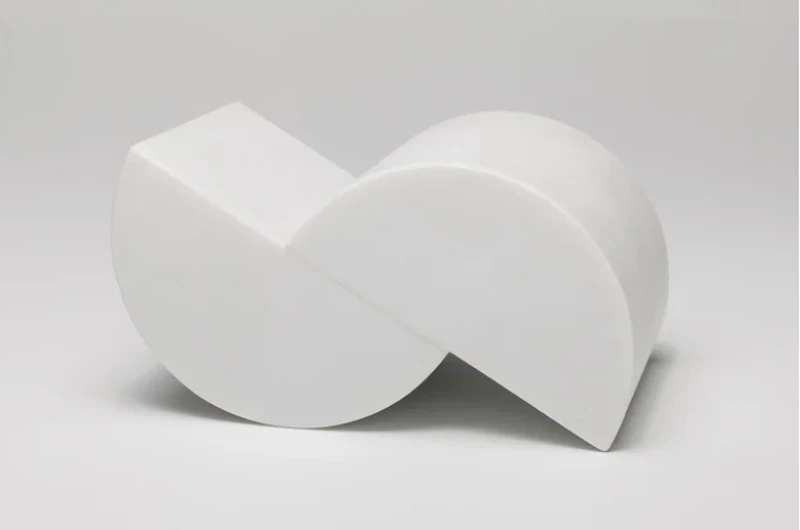Sergio Camargo


b. 1930, Brazil
d. 1990
Sergio Camargo was born in Rio de Janeiro in 1930. He first studied at the Academia Altamira in Buenos Aires with Emilio Pettoruti and Lucio Fontana before attending the Sorbonne in Paris under the tutelage of Gaston Bachelard. He lived and worked in Rio de Janeiro, Buenos Aires, Massa (Italy), and Paris. Early on in his career Camargo made connections beyond Brazil. During his time in Paris (1961 - 1973), Camargo frequently visited Constantin Brancusi’s studio along with admiring the work of Hans Arp, Henri Laurens, and Georges Vantongerloo.
Artistically, Camargo has often been linked with either the Neo-Concrete constructivism or Op Art kineticism of Brazilian colleagues such as Lygia Clark, Mira Schendel and Hélio Oiticica (a trio he introduced to Signals Gallery in London, after he showed there himself in 1964), but he was never clearly aligned with any one movement. Consequently, Camargo stands apart from many of his contemporaries, although he found a kindred spirit and a frequent collaborator in the father figure of Brazilian modernist architecture, Oscar Niemeyer – for whose Foreign Ministry building in Brasília (1965-67) he produced a 25-metre long wall composed of jagged, angular protrusions.
Camargo achieved international recognition at the Venice Biennale (1966 and 1982) and Documenta IV (1968). He was awarded the International Sculpture Prize at the 1963 Paris Biennale and the same honour at the VII Bienal de São Paulo in 1965. After his death in December 1990, an international travelling exhibition was held in several museums abroad and a permanent exhibition of his works is displayed at the Paço Imperialin Rio de Janeiro. The artist's archives are under the care of Instituto de Arte Contemporânea, São Paulo, and Galeria Raquel Arnaud, São Paulo has represented the artist’s estate since 1990.
His works are in prestigious public and private collections including: the Albright-Knox Art Gallery, Buffalo, New York; the Birmingham Museum of Art, Birmingham, Alabama; the Dallas Museum of Art, Dallas, Texas; the Fundación Cisneros, Colección Patricia Phelps de Cisneros, New York; The Gromholt Collection, Oslo; the Hirshhorn Museum and Sculpture Garden, Washington, DC; the Kunstmuseum, Bern, Switzerland; the Los Angeles County Museum of Art, Los Angeles, California; the Musée national d’art modern—Centre Pompidou, Paris, France; the Museum of Fine Arts, Houston, Texas; The Museum of Modern Art, New York; and the Tate Gallery, London, England, amongst others.